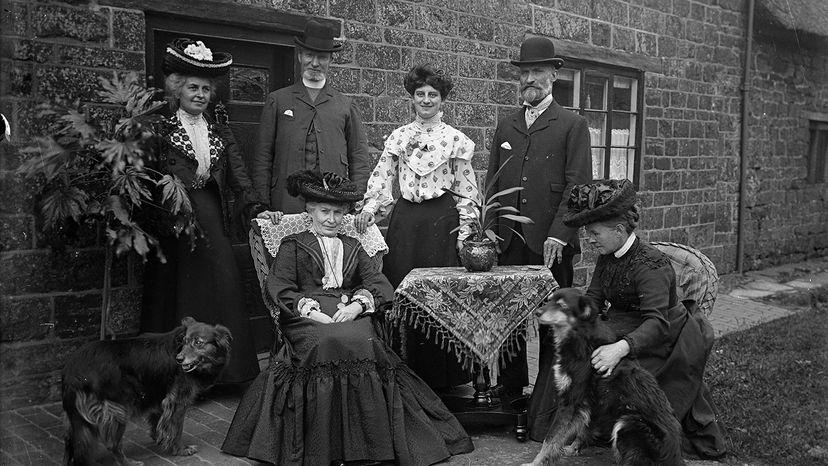
We take it so much for granted now, it's hard to imagine that there was once a time when houseplants were a status symbol, reserved for those with lots of expendable income.
"In Western culture, when Europeans started exploring the globe and bringing back plants from around the world [the 1600s], the elite started building conservatories (orangeries) to show off these plants ... and probably their own wealth. Before that, people needed to be too practical to allow for luxuries which offered nothing of tangible use," explains Sean James, master gardener and president of Fern Ridge Landscaping & Eco-consulting.
Advertisement
Fast forward to the Victorian age. "Ferns, palms and other 'exotics' were a big deal for the wealthy class," says Rebecca Bullene with Greenery NYC in an email interview "If you had plants it meant you were a person of means, so it was something to aspire to."
Not many indoor plants could withstand the fumes from coal fires and gas lanterns, so the Aspidistraelatior (which could) was extremely popular with Victorian households. No wonder people nicknamed it the "cast iron plant."
The modern houseplant era really began to boom in the 1970s; indoor plants fit in with the whole back-to-nature décor ethos of the time. Growers responded by making new varieties of plants available to the masses, says Bullene. However, "the 80s saw a big decline in live plants — people starred using faux foliage more and focused on other areas of décor," she explains. "Since about 2005 we've started to see a big resurgence of interest."
Indeed, indoor plant popularity has typically waxed and waned with the economy. "Until recently, the popularity of plants has slowly grown as prosperity and security grew in society – two steps forward, one step back as economies went through boom and bust cycles – as we felt we could afford to invest in luxury," says James.
But as any seasoned gardener knows, you don't need a ton of money to buy a houseplant. You can always get a cheap one or free cutting from a friend. So even in an economic downtime, many people will turn to indoor plants to reconnect with nature. "The more someone stares at a screen, the more they crave some kind of natural interaction — hearing the trees rustle or watering their house plant," says Bullene.
Advertisement


